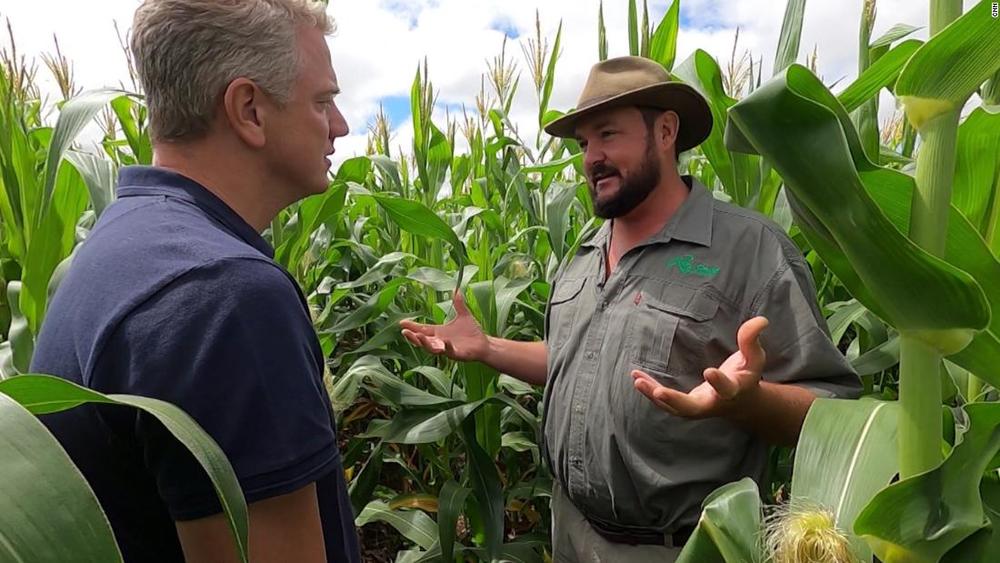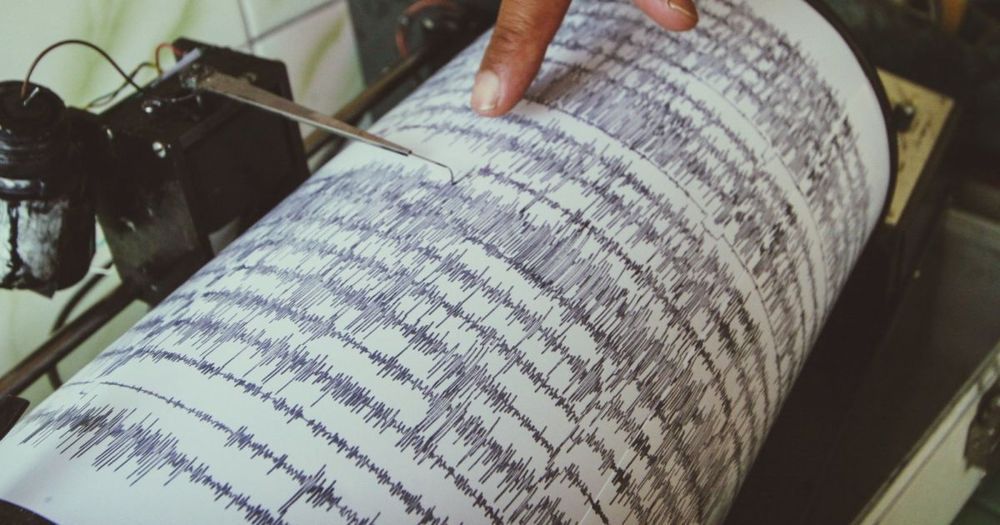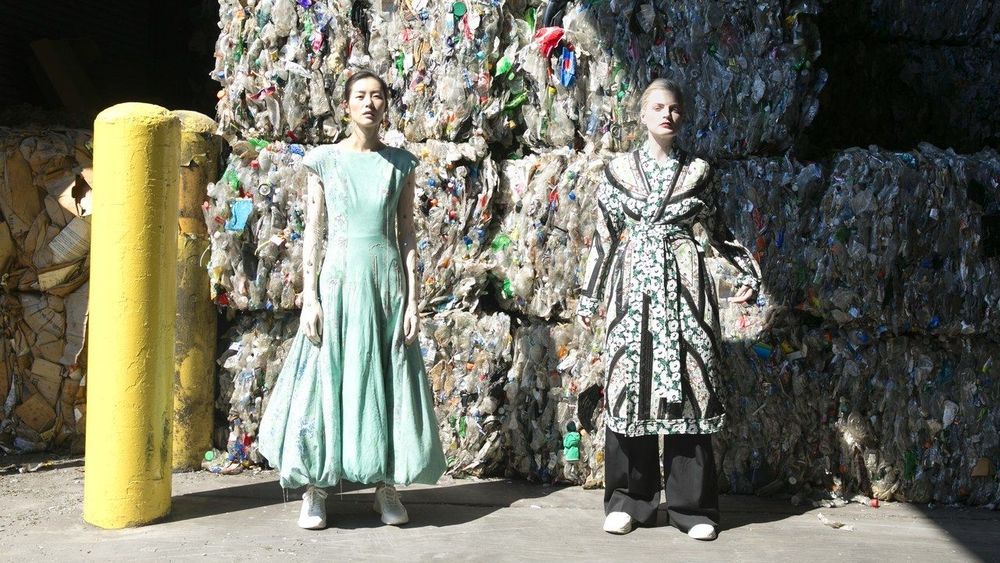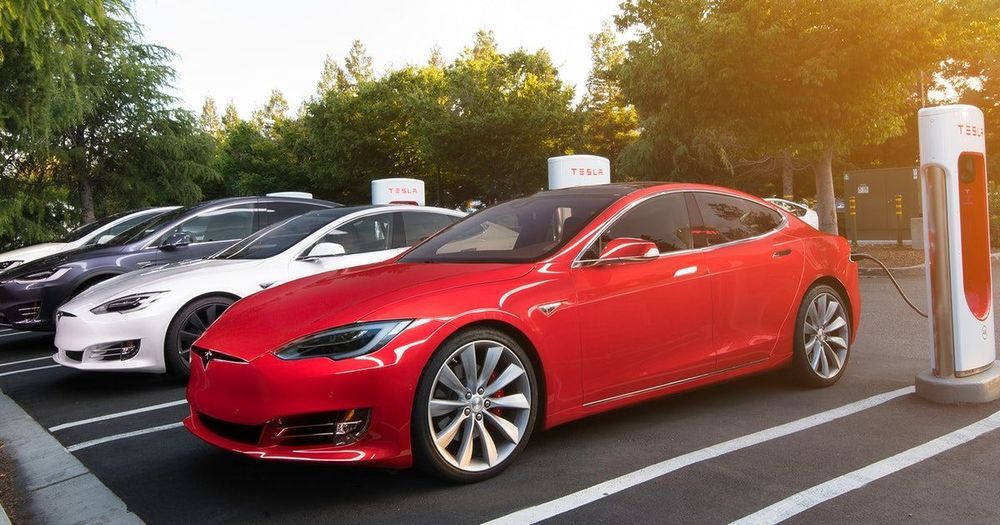C16 Biosciences uses yeast to convert food waste and industrial byproducts into a sustainable alternative.


Reeman Dyson, one of the 20th century’s greatest theoretical physicists, died this week aged 96. He is known for popularising the Dyson Sphere – a hypothetical megastructure that could surround an entire star, capturing all of its solar energy.

Tesla Model Y deliveries draw closer and the Cybertruck appeals to police. When is a 600-mile Model S arriving? It’s Musk Reads: Tesla Edition #146.
A version of this article appeared in the “Musk Reads” newsletter. Sign up for free here.

A quiet revolution is reshaping the agricultural world, with farmers like Danie Slabbert saying that if we want to save the planet, it’s not so much about what we eat, but how we farm. CNN’s David McKenzie reports.

CropBox is a shipping container farm system featuring the latest technology in precision farming.

The world’s first self-sufficient sea vessel, Energy Observer, is due to leave her home port of Saint-Malo in Brittany, France, over the next few days on the first leg of a global voyage to test and promote renewable energy technologies.
This isn’t just any yacht though, it uses nothing but renewable energy sources to run. Specifically, it produces hydrogen from seawater with zero CO2 emissions and zero fine particles.




At 35 meters, the wingspan of the new BAE Systems aircraft equals that of a Boeing 737, yet the plane weighs in at just 150 kilograms, including a 15 kg payload. The unmanned plane, dubbed the PHASA-35 (Persistent High-Altitude Solar Aircraft), made its maiden voyage on 10 February at the Royal Australian Air Force Woomera Test Range in South Australia.
“It flew for just under an hour—enough time to successfully test its aerodynamics, autopilot system, and maneuverability,” says Phil Varty, business development leader of emerging products at BAE Systems. “We’d previously tested other sub-systems such as the flight control system in smaller models of the plane in the U.K. and Australia, so we’d taken much of the risk out of the craft before the test flight.”
The prototype aircraft uses gallium arsenide–based triple-junction solar cell panels manufactured by MicroLink Devices in Niles, Ill. MicroLink claims an energy conversion efficiency of 31 percent for these specialist panels.